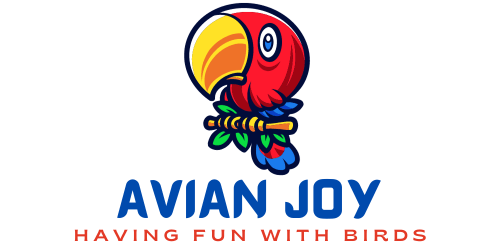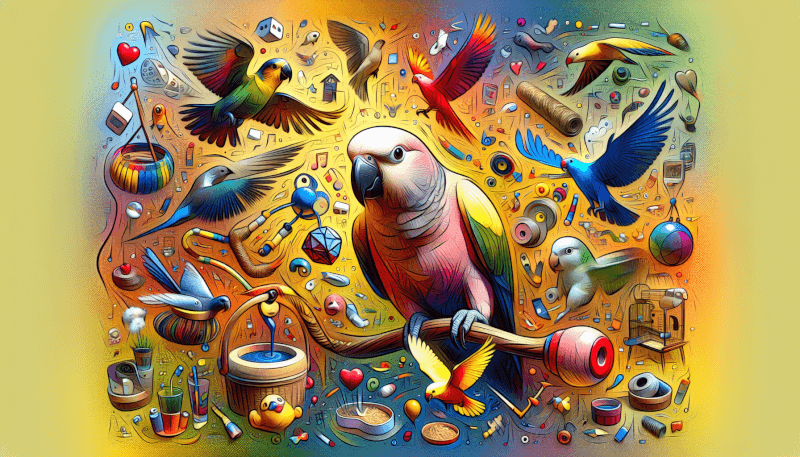Whether you’re a proud pet owner or considering getting a feathery friend, it’s crucial to understand the importance of exercise and activity for avian well-being. In this informative guide, discover the essential tips and tricks to keep your feathered companion both mentally and physically stimulated. From the benefits of flight to stimulating toys and social interaction, you’ll gain valuable insights into creating an enriching environment that promotes healthy avian development. So, join us as we embark on a journey to uncover the Beginner’s Guide to Avian Exercise and Activity and unlock the key to a fulfilled feathered friend!

Exercise and Activity for Birds
Birds, just like any other living creature, require exercise and activity to maintain their overall health and well-being. Engaging in regular exercise not only helps birds stay physically fit but also provides mental stimulation and prevents boredom. In this comprehensive guide, we will explore the importance of exercise for birds, the benefits it brings, and the different types of exercise suitable for our avian friends.
The Importance of Exercise for Birds
Exercise is vital for birds as it helps to keep their muscles and joints strong and healthy. Regular physical activity promotes cardiovascular fitness, aids digestion, and improves respiratory function. By engaging in exercise, birds can reduce the risk of obesity and associated health issues, such as diabetes and heart disease. Furthermore, exercise stimulates the release of endorphins, which contribute to birds’ overall happiness and well-being.
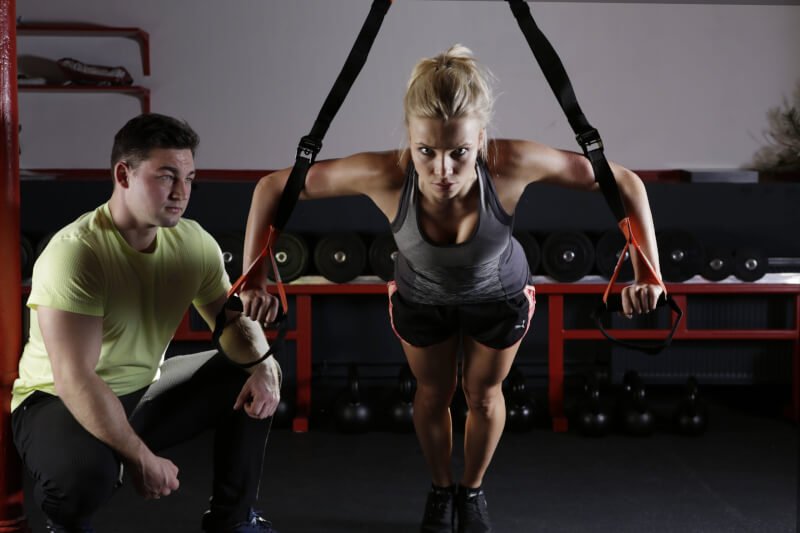
The Benefits of Regular Exercise for Birds
Engaging in regular exercise provides numerous benefits for our feathered friends. One of these benefits is improved agility, as exercise helps birds develop coordination and balance. Flying and engaging in other physical activities also enhances their flight skills and strengthens their wings and chest muscles. Additionally, exercise helps relieve stress and anxiety in birds, promoting a sense of calm and contentment.
Different Types of Exercise for Birds
Birds can enjoy a variety of exercises, each offering unique benefits. One of the most natural and beneficial forms of exercise is flying. Flying allows birds to stretch their wings, build strength, and engage in their natural instinct to explore their surroundings. In addition to flying, other forms of exercise include foraging and hunting activities, socialization and interaction with their owners, and mental stimulation through toys and puzzles. Let’s explore each of these exercise types in further detail.
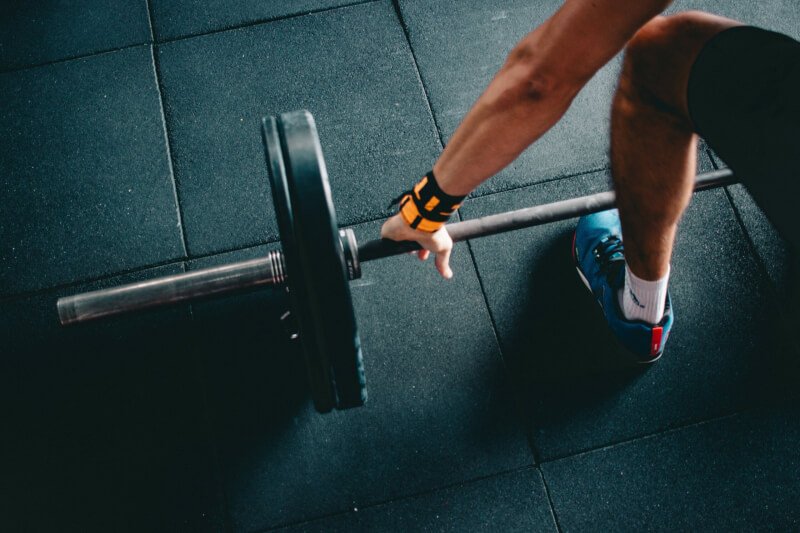
Setting Up a Proper Aviary or Cage
A proper aviary or cage is crucial to ensuring birds have a safe and stimulating environment to exercise and thrive in. When it comes to choosing the right size and type of cage or aviary, it is important to consider the specific needs of the bird species. Larger birds, such as parrots, may require a spacious aviary, while smaller birds like finches and canaries may be content with a roomy cage. It is essential to provide enough space for birds to move around comfortably and extend their wings fully.
Alongside the size of the enclosure, providing adequate perches and toys is essential. Birds need various perches of different thicknesses and textures to promote healthy foot development and exercise their feet muscles. Toys also play a crucial role in stimulating physical and mental activity. Choose interactive toys that encourage birds to engage in exercise and exploration, such as puzzles, swings, and ladders. It is important to ensure all toys are safe, non-toxic, and suitable for the bird’s size and species.
Creating a safe and enriching environment is equally important. Ensure that the aviary or cage is free from hazards, such as toxic plants, sharp objects, or exposed wires. Make sure the enclosure is bird-proofed, preventing any potential escape or injury. Providing a variety of natural elements like branches and leaves can create a more stimulating environment for birds. Additionally, consider placing the enclosure in an area where the bird can observe and interact with the surrounding environment, such as near a window with a view.
Flying Exercises for Birds
Understanding the natural instincts of birds is key when it comes to incorporating flying exercises into their routine. Before engaging in any flying activities, it is essential to ensure that the area is safe and free from potential hazards. Close all doors and windows, remove any dangerous objects, and cover reflective surfaces that birds may mistake for open spaces.
Training birds to fly safely indoors can be a rewarding experience. Start by using positive reinforcement techniques, such as treats and verbal praise, to encourage birds to fly short distances. Gradually increase the distance over time, ensuring birds have enough space to gain momentum and exercise their wings fully. Use target training techniques to guide birds to specific perches or landing spots.
Creating flight paths and obstacle courses can further enhance birds’ flying abilities. Place perches at varying heights and distances, encouraging birds to navigate through the course using their flying skills. By incorporating hurdles and tunnels, birds can test their agility and coordination. Remember to always prioritize safety and start with simpler courses before progressing to more complex ones.
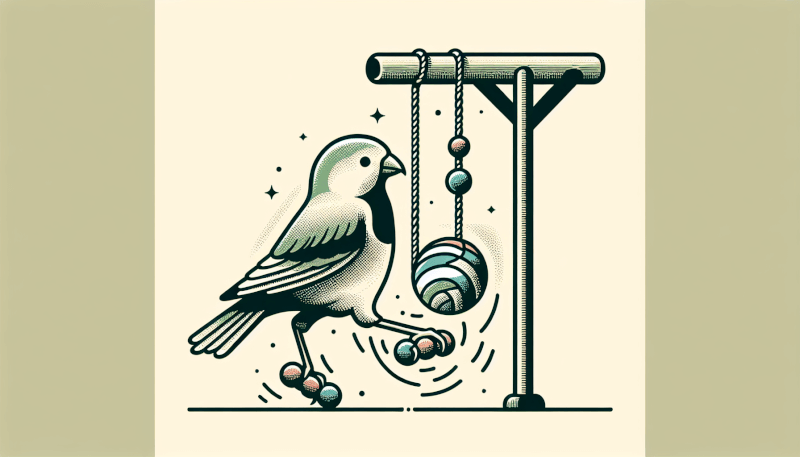
Foraging and Hunting Activities
Foraging and hunting are natural behaviors for birds, and incorporating these activities into their exercise routine is highly beneficial. Foraging toys and activities provide mental stimulation, mimic natural feeding behaviors, and encourage physical activity. There are numerous DIY foraging toy ideas that can be easily made at home. Hide treats or small food items inside paper rolls, cardboard boxes, or puzzle toys to engage birds in the hunt for their food.
Encouraging natural hunting behaviors in birds promotes physical and mental exercise. Offer safe and appropriate materials for birds to tear apart, such as paper or natural fiber toys. This allows birds to mimic the act of breaking open shells or capturing prey and satisfies their innate instincts. You can also hide small toys or treats in various locations within their enclosure, encouraging birds to explore and hunt for them.
Socialization and Interaction
Socialization is crucial for birds as they are highly intelligent and social creatures. Interacting with their owners or other birds promotes mental stimulation, prevents loneliness, and satisfies their social instincts. Spending time with your bird through bonding activities is not only enjoyable for both of you but also beneficial for their overall well-being.
Bonding activities can include gentle physical touch, such as softly petting or scratching the bird’s head or neck. Talking or singing to birds also helps strengthen the bond. Engaging in interactive play, such as playing peek-a-boo or teaching them simple games, provides mental stimulation and physical exercise. It is important to pay attention to the bird’s body language and understand their comfort levels to ensure a positive experience.
Introducing birds to other pets or people should be done gradually and under careful supervision to avoid causing stress or potential harm to any party involved. Gradually increase the exposure and allow for supervised interaction, observing the bird’s behavior for signs of anxiety or discomfort. Remember that each bird is unique, and their socialization requirements may vary.
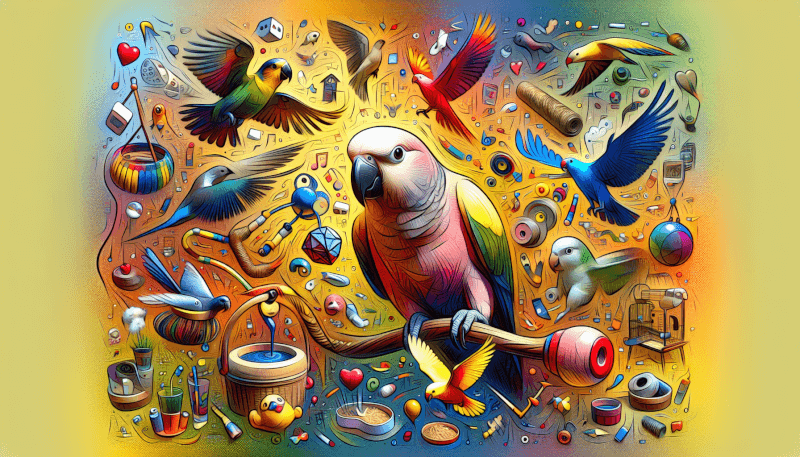
Mental Stimulation and Enrichment
Providing mental stimulation is just as important as physical exercise for birds. Birds are highly intelligent creatures that require intellectual challenges to prevent boredom and promote overall well-being. Lack of mental stimulation can lead to behavioral issues such as feather plucking or excessive screaming.
Toys and puzzles are excellent tools for providing mental enrichment. Choose toys that require problem-solving skills or dispense treats as rewards. Puzzle toys with hidden compartments or puzzles that require birds to manipulate pieces can keep their minds engaged and provide hours of entertainment. Rotating toys regularly keeps the environment fresh and prevents boredom.
Teaching birds tricks and commands is another effective way to provide mental stimulation. Birds can learn to wave, retrieve objects, and mimic simple behaviors. Positive reinforcement training techniques, such as using treats and praise, can be employed to gradually shape desired behaviors. Regular training sessions not only stimulate their minds but also strengthen the bond between birds and their owners.
Daily Exercise and Routine
Creating a daily exercise routine is essential to ensure birds receive the necessary physical activity and mental stimulation they need. Establishing a routine helps birds anticipate and look forward to their exercise time, ensuring they stay engaged and motivated. Here are some tips for creating a daily exercise routine for birds:
Set a consistent schedule: Choose specific times of the day when your bird is most active and alert. This can be in the morning or evening, depending on their natural activity patterns.
Incorporate different exercise types: Rotate between flying exercises, foraging activities, socialization, and mental stimulation to provide a well-rounded routine.
Start slow and gradually increase intensity: Begin with shorter exercise sessions and gradually increase the duration or difficulty level as your bird progresses. Listen to their cues and adjust accordingly.
Interactive playtime: Set aside dedicated interactive playtime with your bird. Engage in activities such as tossing toys or playing games together. This quality time not only provides exercise but also strengthens the bond between you and your feathered friend.
Monitor and adjust: Continuously observe your bird’s behavior and response to the exercise routine. This allows you to make any necessary adjustments to ensure their comfort and well-being.
Outdoor Exercise and Safety
While outdoor exercise provides birds with a change of scenery and natural stimulation, it is crucial to prioritize safety. Various potential dangers exist in outdoor environments, such as exposure to extreme weather conditions, predators, or toxic plants. Here are some guidelines for outdoor exercise:
Supervised activities: Any outdoor exercise should always be supervised. This ensures the bird’s safety and allows for immediate intervention if any danger arises.
Secure enclosures: If allowing birds to fly or exercise outdoors, ensure the area is securely enclosed to prevent escape and protect against predators. Consider using netting or mesh fences.
Protecting from predators: Birds are natural prey, and therefore, ensure their safety by avoiding areas known to have high predator activity. Keep an eye out for cats, dogs, or other animals that may pose a threat.
Weather considerations: Extreme weather conditions can be harmful to birds. Avoid exposing them to excessive heat, cold, or strong winds. Provide shaded areas and fresh water for hydration.
Exercise for Specific Bird Species
Different bird species have unique exercise requirements based on their size, natural habits, and physical abilities. Here are some exercise recommendations for specific bird species:
Exercise Needs of Parrots
Parrots, known for their intelligence and agility, require ample physical exercise and mental stimulation. Regular flying exercises, toys that encourage problem-solving, and opportunities for socialization are crucial for the well-being of parrots. They also benefit from chewable toys that help maintain beak health.
Exercise Recommendations for Finches and Canaries
Finches and canaries are smaller birds that require ample space to fly and stretch their wings. Providing a spacious cage with multiple perches at different heights allows these birds to exercise their flight skills and strengthen their wing muscles. Small swings, ladders, and toys that encourage climbing can also be added to their enclosure.
Exercise Guidelines for Cockatiels and Cockatoos
Cockatiels and cockatoos are intelligent and active birds that need both physical and mental exercise. Flying exercises, interactive toys, and socialization are important for their overall well-being. Providing foraging opportunities, such as hiding treats or using treat-dispensing toys, challenges their problem-solving abilities and keeps them mentally stimulated.
Common Mistakes to Avoid
While providing exercise and activity for your feathered friends is important, it is equally essential to be aware of common mistakes that should be avoided. Here are a few common pitfalls to watch out for:
Neglecting exercise and activity needs: Failing to incorporate regular exercise and interactive playtime can lead to physical and behavioral issues in birds. Make sure to prioritize their exercise routine to maintain their overall health and happiness.
Using improper exercise equipment: Choosing the wrong size or type of toys, perches, or cages can pose risks to birds. Always ensure that the equipment is suitable for the bird’s size, species, and activity levels.
Ignoring signs of illness or overexertion: Pay close attention to your bird’s behavior and appearance. Monitor for signs of illness, fatigue, or overexertion during exercise. If you notice any concerning symptoms, consult a veterinarian for proper guidance and care.
Remember, providing a stimulating exercise routine that meets the specific needs of your bird species is essential for their overall well-being. By incorporating a variety of exercises, focusing on mental stimulation, and prioritizing safety, you can help your feathered friend lead a happy and healthy life full of vitality.
